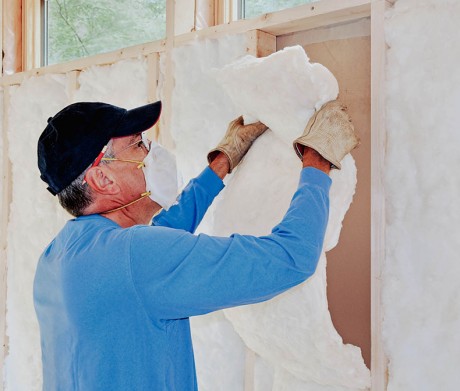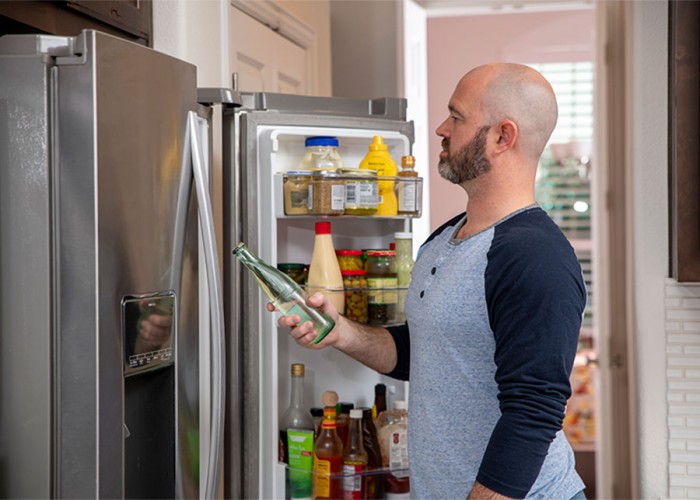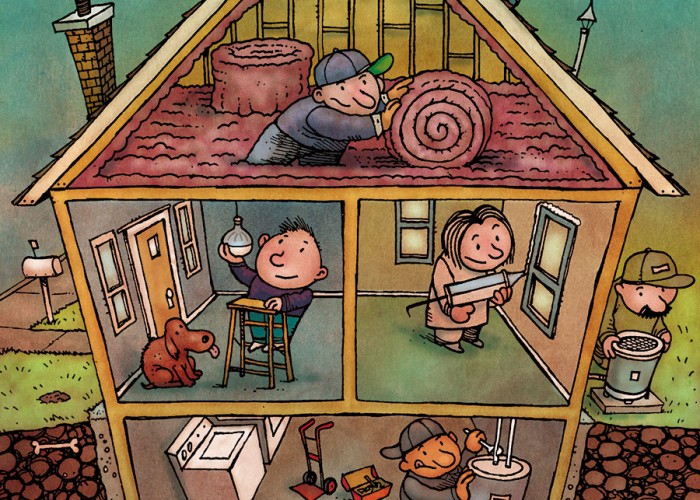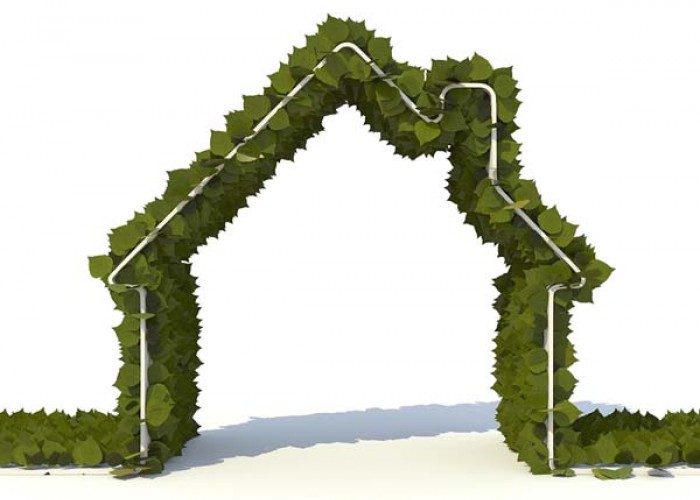Health-Conscious Remodeling
Make your health a priority when redoing rooms
By FamilyFeatures.comRemodeling in your home can be liberating, but a little scary at the same time. There can be many unknowns, including what you might uncover.
Hazardous materials must be addressed, and possibly removed, if exposed during a remodeling project. There are also some materials that should be removed for a healthier home environment.
Whether materials “must be” or “should be” removed depends on several factors. It is always wise to consult with trained professionals when you encounter hazardous materials, such as members of the National Association of the Remodeling Industry.
The complete removal of all hazardous materials is preferred, but budget is often a hindrance. Exploring your options may reveal a lower level of acceptable and more affordable reduction of hazardous materials.
Demolition
Most common residential hazardous materials are not hazardous if they remain in a dormant or undisturbed location. Typically, they become hazardous during the demolition phase when they are ground, cut, bumped, scraped or disturbed in some way, causing the materials to become airborne and inhaled. Examples of common hazardous materials include:
- Lead-based paint, which can be found on anything that is painted or varnished such as windows, millwork, cabinets, siding, walls and other surfaces.
- Asbestos, which was once commonly used in a wide range of materials such as pipe or duct insulation; flooring tiles or sheet goods; ceiling tiles and plaster; wall and attic insulation; and plaster used as a binder.
- Silica, which is exceptionally dangerous during saw cutting processes where dust is created.
- Mold, which can become airborne and inhaled or ingested when spores are disturbed. Any visible or detectable mold should be removed, and the surfaces cleaned or removed. High concentrations of mold should be addressed by trained professionals.
- Lead water lines are primarily hazardous after water sits in the lines for some time prior to consumption, although contamination still occurs during normal flow rates.
- Dust, which can be hazardous to some individuals who are sensitive or have breathing-related issues. Dust barriers and negative air enclosures can help minimize, but not eliminate, dust contamination to the rest of the home. Commercial dust “scrubber” filtering systems can significantly reduce dust contamination.
Installation
Due to stronger demand from homeowners, you’re likely to find many products and systems for a healthier home. They include:
- Low volatile organic compounds, which limit the amount of off-gassing of the materials used in the manufacturing process. Typically, these are paints, stains, varnishes, carpeting and vinyl products.
- Air purification systems, which may involve ozone, pleated filters, high-micron filters, electrostatic filters or UV light systems, among others.
- Dehumidification systems designed to keep the relative humidity levels in a safe range to prevent mold growth.
- Exhaust fans in baths, kitchens, lower levels and workshops, installed to discharge smells, smoke, fumes and humidity.
- Radon systems designed to exhaust radon gases to the exterior.
-
Upgrades worth your while
-
Share this story:






